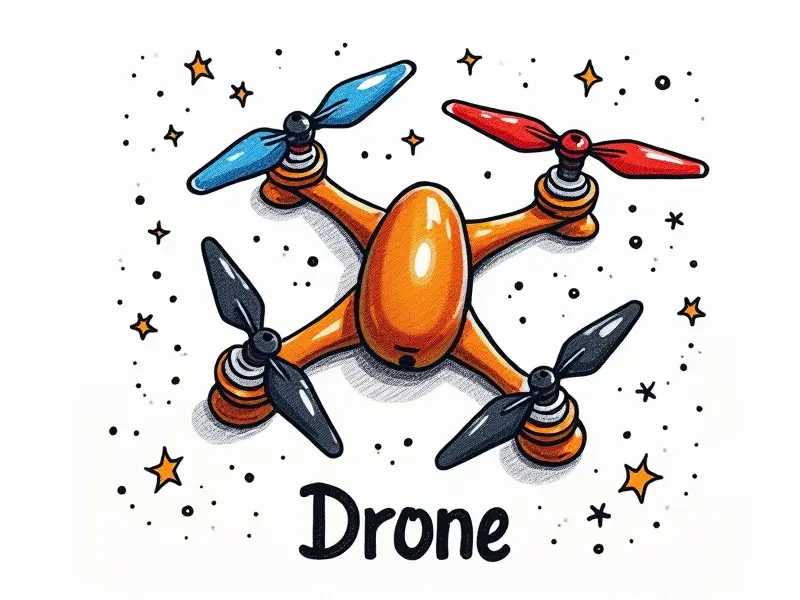How to set up drone waypoints?

Mastering Drone Waypoint Setup
Drone waypoint setup is an essential skill for any drone operator looking to optimize their flight operations. Whether you're a hobbyist or a professional, understanding how to program and configure waypoints can significantly enhance the efficiency of your drone missions.
Optimize Your Drone Flight with Waypoints
Simplified Waypoint Setup for Drones Explained
Setting up waypoints may seem daunting at first, but with the right approach, it can be straightforward and intuitive. Here’s a breakdown of what you need to know:
- Selecting Your Drone: Choose a drone that supports waypoint navigation.
- Choosing the Right Software: Use compatible flight planning software or apps.
- Understanding Coordinate Systems: Learn how to input GPS coordinates accurately.
How to Program Efficient Drone Waypoints
To program efficient drone waypoints, follow these steps:
- Plan Your Mission: Define the objectives of your flight and map out the required route.
- Create a Flight Path: Use mapping tools to draw your desired path on a digital map.
- Input Coordinates: Convert your planned points into precise GPS coordinates.
- Test and Validate: Simulate the flight in software before executing it with the drone.
Step-by-Step Drone Waypoint Configuration Tips
Here are some practical tips to help you configure your drone waypoints efficiently:
- Start Simple: Begin with basic missions and gradually increase complexity.
- Use Checkpoints: Set up intermediate points for monitoring progress.
- Consider Wind Conditions: Adjust your route based on weather forecasts.
Fast Track to Setting Up Drone Waypoints
To expedite the process of setting up waypoints, follow these quick tips:
- Leverage Automation Tools: Utilize software that automates waypoint creation.
- Save Common Routes: Store frequently used flight paths for easy access.
- Collaborate with Others: Share waypoints and routes with team members.
Beginner's Guide to Drone Waypoints
If you're new to drone waypoint setup, here’s a beginner-friendly guide:
- Understand Basic Navigation: Familiarize yourself with GPS and map-based navigation.
- Practice on Simulators: Use flight simulators to test your skills without risk.
- Learn from Experts: Watch tutorials and seek advice from experienced operators.
Top Tips for Drone Waypoint Planning
Effective waypoint planning requires careful consideration of several factors:
- Objectives Clarity: Clearly define what you aim to achieve with your flight mission.
- Environmental Awareness: Account for terrain, obstacles, and airspace regulations.
- Data Collection Needs: Plan waypoints based on the type of data you want to collect (e.g., aerial photography).
Effortless Waypoint Setup for RC Drones
Setting up waypoints for remote-controlled drones can be streamlined with these techniques:
- Simplify Coordinate Entry: Use intuitive interfaces to input GPS coordinates.
- Utilize Predefined Patterns: Employ common flight patterns like circles or squares.
- Automate Routine Tasks: Implement scripts for repetitive missions.
Navigate Like a Pro with Waypoints
To navigate effectively using waypoints, consider these advanced strategies:
- Incorporate Real-Time Data: Use live data feeds to adjust flight paths dynamically.
- Integrate Sensor Inputs: Utilize onboard sensors for enhanced accuracy and safety.
- Optimize Battery Usage: Plan routes that minimize energy consumption.
Conclusion
Mastery of drone waypoint setup is crucial for maximizing the potential of your drone operations. By following the guidelines provided in this article, you can streamline your flight planning process and ensure efficient execution of missions. Whether you're a beginner or an experienced operator, these tips will help you navigate with confidence and precision.

